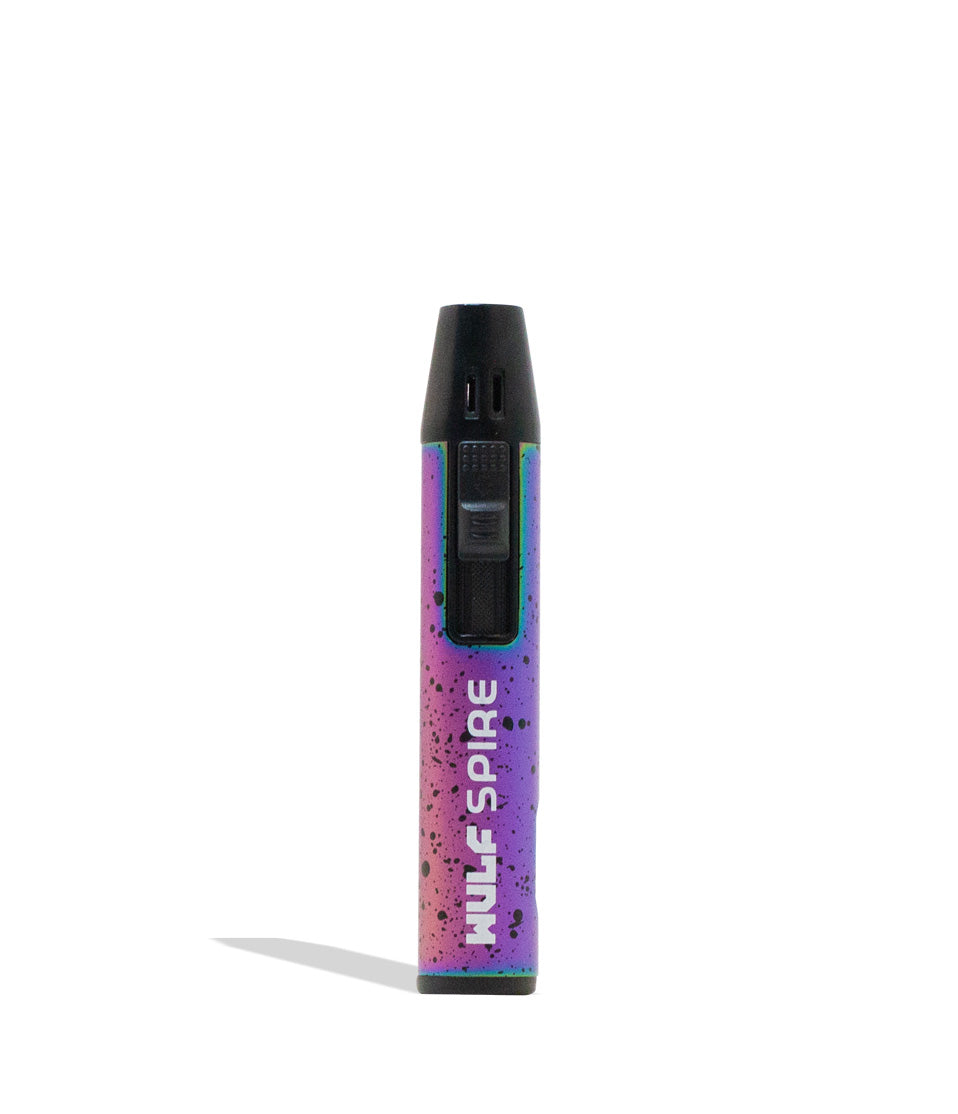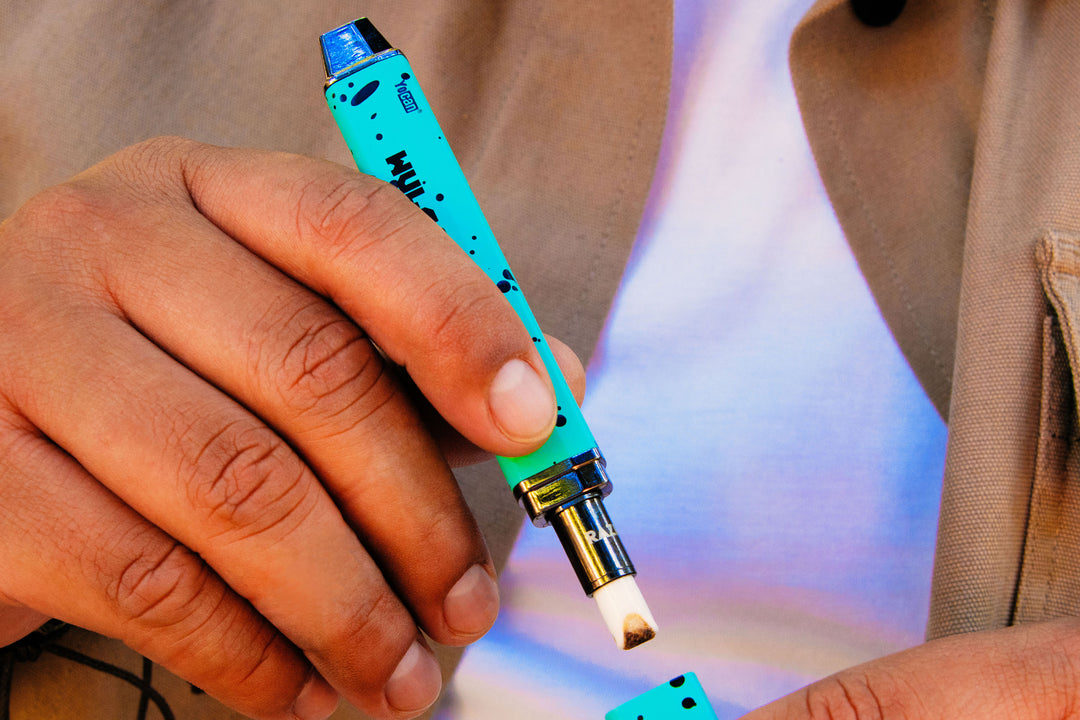Vaping in Ancient Cultures: Historical Perspectives on Herbal Vaporization

Today, vaping has become a mainstream tactic, with modern vape devices delivering nicotine, cannabis, and other substances in a cloud of vapor. However, the concept of vaporizing substances is far from new. In fact, ancient cultures have a long history of using herbal vaporization for various purposes, including medicinal, spiritual, and recreational. Discover the historical insights into herbal vaporization by exploring the customs and techniques of ancient civilizations that existed long before the era of modern vaping.

Ancient Egypt: The Origins of Aromatherapy
One of the earliest records of herbal vaporization can be traced back to ancient Egypt, where "aromatherapy" had its roots. Egyptians were known to heat herbs and essential oils, allowing the aromatic vapor to fill the air. They believed in these vapors' healing and purifying properties, using them in religious rituals, medical treatments, and cosmetics.
The process involved heating various herbs, such as mint, rosemary, and thyme, often in conjunction with the hot stones in the ceremonial chambers or even in their homes. The vapor was inhaled, providing both therapeutic and spiritual benefits.

Traditional Chinese Medicine: The Use of Moxibustion
Traditional Chinese Medicine (TCM) has a long history, spanning thousands of years, and includes the ancient practice of moxibustion. Moxibustion involves burning dried mugwort to generate heat and therapeutic vapor. This vapor was used to stimulate acupuncture points, promote circulation, and treat various ailments.
In moxibustion, a cone or stick of compressed mugwort was lit and placed near the acupuncture point, and the resulting vapor was inhaled or absorbed through the skin. This practice is still used in TCM today as a complement to acupuncture, demonstrating the enduring legacy of herbal vaporization in ancient cultures.

Native American Rituals: The Sacred Smoke
Native American tribes across North and South America have a rich history of using herbal vaporization as part of their spiritual and healing rituals. The use of sacred herbs, such as sage, cedar, and sweetgrass, was common. These herbs were often bundled and burned, producing fragrant and purifying smoke that was inhaled or used to cleanse individuals and spaces.
As it is known today, smudging involves using this sacred smoke to ward off negative energies and invoke positive spirits. The process represents a profound connection between nature, spirituality, and the human experience, showcasing the ancient art of herbal vaporization. Many people today still smudge their homes before moving.
Ayurveda: The Traditional Medicine of India
Ayurveda, the traditional system of medicine in India, has a deep history of using herbal vaporization for therapeutic purposes. A technique known as "dhoopana" involves inhaling the vapors of specific herbs to address various health issues. These herbal vapors were believed to balance the body's doshas and improve overall well-being.
Ayurvedic practitioners used specialized devices called "dhupanapots" to heat the herbs and release their therapeutic vapors. Different herbs, spices, and resins, like frankincense and myrrh, were employed in this practice, each with specific properties and purposes.
Ancient Greece: Steam Baths
The ancient Greeks also had their version of herbal vaporization in the form of steam baths. Greeks believed inhaling the vapor from hot water infused with aromatic herbs could improve health and well-being. The practice was closely tied to their understanding of the importance of cleanliness and personal hygiene.
A prominent example is the Hippocratic Bath, a steam bath infused with various herbs. It was believed to alleviate a range of ailments and promote relaxation. The Greeks also built elaborate bathhouses where they could enjoy these soothing and therapeutic experiences.

Medieval Europe: Herbal Fumigation
In medieval Europe, herbal vaporization was commonly used for medicinal and mystical purposes. People would fumigate their homes with aromatic herbs to ward off illnesses and evil spirits. This practice also extended to the use of incense in religious rituals.
One notable example is the "pomander," a small, fragrant ball made of various spices and herbs. It was often carried or hung as a protective amulet, releasing its aroma to purify the air. Additionally, the vaporization of herbs like lavender and rosemary was used to mask unpleasant odors and promote cleanliness.

Indigenous South American Cultures: The Shaping of Modern Vaporization
Indigenous cultures in South America, such as the Shipibo and Quechua people, have a rich history of using herbal vaporization as part of their shamanic and spiritual practices. One of the most well-known examples is the use of Ayahuasca, a powerful hallucinogenic brew made from a combination of plants, one of which contains the psychoactive compound DMT.
The Ayahuasca brew is often heated and vaporized, allowing users to inhale the potent and visionary vapors. This practice is deeply rooted in the shamanic traditions of these cultures and has gained global recognition for its transformative and healing properties.
An Overview of Vaporizing in Ancient Cultures
Herbal vaporization is a practice that predates modern vaping devices for centuries. The historical perspectives on herbal vaporization reveal that various cultures worldwide recognized the therapeutic, spiritual, and medicinal benefits of inhaling vaporized herbal substances.
Incorporating the traditions and knowledge of ancient cultures, modern vaping has evolved into a diverse industry with a wide range of applications, from smoking cessation and cannabis consumption to relaxation and stress relief. As we continue to explore the potential of herbal vaporization, it's important to acknowledge and respect the cultural and historical foundations on which this practice is built.
At Wulf Mods, we are committed to enhancing your vaping knowledge and experience. We aim to offer fun insights, essential device care advice, and a carefully selected collection of vaporizers designed to suit your unique tastes, whether you favor dry herbs, concentrates, or oil cartridges. Elevate your vaping journey by exploring our Vaporizer Blog.








